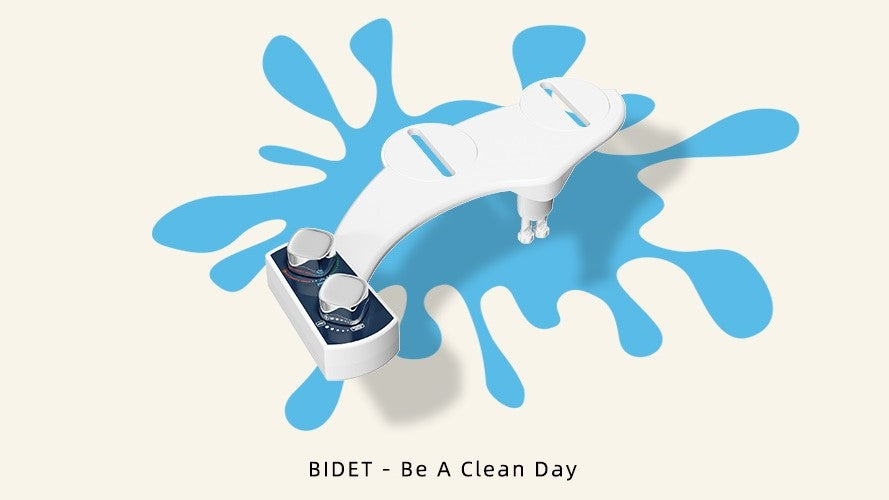In a time of ever-increasing climate crisis, you might be embracing subtle lifestyle changes to help environmental protection. Perhaps you've cut down on single-use plastics, relied more on public transportation, and cultivated a sense of recycling.
But most people don't think about it: we flush 2700 trees down the drain every day. It is learned that the U.S. leads the world in toilet paper consumption. On average, an American can be expected to consume 141 rolls of the stuff per year, equating to roughly 12.7 kilograms.

Experts say it is time to put toilet paper behind us. They talk about the bidet invention — specialized bathroom fixtures that rinse your rear — making a splash. It helps reduce toilet paper usage, helping the environment in the process. But it got us wondering: are bidets really better for the environment — especially when compared to toilet paper?
According to the site QS Supplies, 31,114,249 trees in total need to be felled each year to wipe America’s butt. That number of trees would cover around 18,000 sports fields. And paper making is incredibly water-intensive. It can take 37 gallons of water to make a single roll of toilet paper, according to sustainability site Treehugger. Not to mention the carbon emissions produced by manufacturing and transporting toilet paper every year.

While it's rarely straightforward to directly compare environmental impacts, Kai Chan, a professor at the Institute for Resources, Environment and Sustainability at the University of British Columbia, says that bidets are "almost certainly" better for the environment. "While the bidet will use a little more water at the source, it's absolutely negligible compared to the water that would go into making the toilet paper," says Chan.

The kindest thing you can do for your bottom and your planet is to invest in a bidet. Considering that the average American uses around one or two rolls of TP each week, adding a bidet to your household conserves both trees and water, lowering your overall environmental impact quite substantially. On the other hand, bidets use a stream of water to clean your bum, which is much more effective at removing any feces or bacteria.
It is also a cost-effective investment to make in the long run. On average, Americans spend $70 to $120 per year on toilet paper, while tap water for a bidet costs just a fraction of a cent per gallon. Hibbent bidets cost about $14-$79 with free shipping on all orders, meaning you’ll recoup your initial investment in just about half a year.
Give it a try! You may be amazed at how easy it is to live without paper. Who wouldn't want to get a clean butt, while saving the planet in the process?

